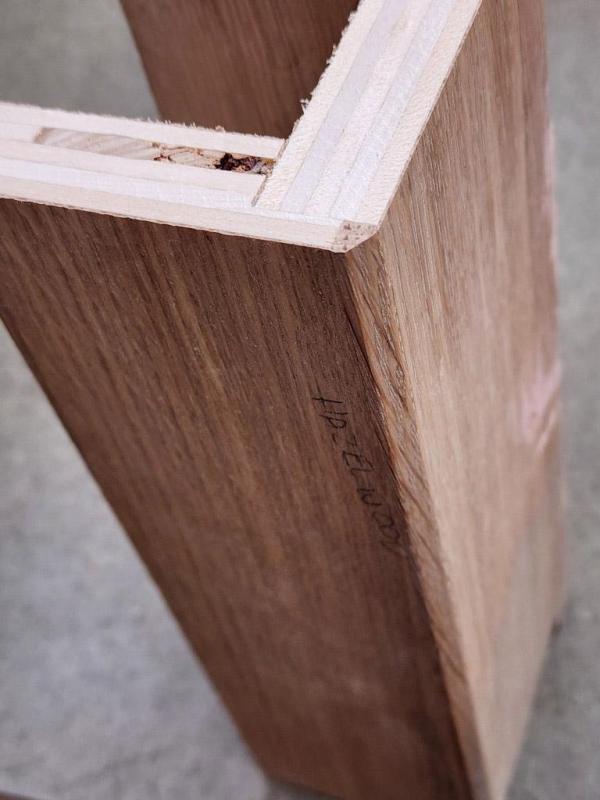I had 3 large cherry veneer panels made for a built-in cabinet tops. The panels are 1.5" thick made from some type of MDF. I am edge banding them with cherry veneer I had cut. Both the veneered panels and edge banding were made by a local hardwood store in the Chicagoland area. I am concerned about the HeatLock adhesive for the edge banding getting on the veneer. I am considering staining (oil based) the cherry before applying the adhesive for edge banding. I would tape off the edges that would get adhesive applied so the stain would not bleed over the sides.
Thoughts?




 Reply With Quote
Reply With Quote


